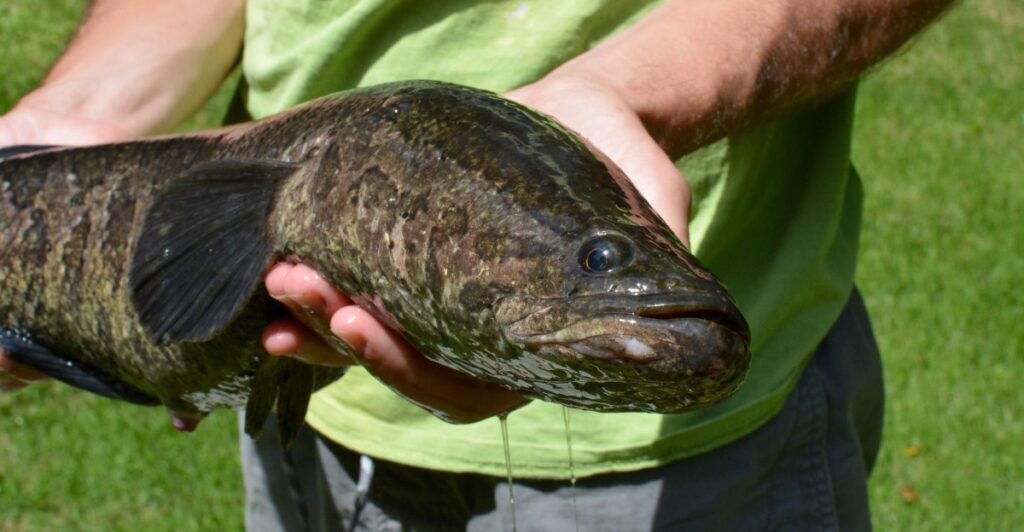
The northern snakehead is a bizarre fish that’s starting to scare conservationists and officials with the implications it could have on local ecosystems. The species that originates from Asia can grow more than three feet long and is so resilient that it can even breathe air and survive out of water for days.
This is a dangerous fish to local habitats as it preys on a large number of indigenous species and rapidly breeds in lakes and rivers in the United States.
The fish was first seen in U.S. waters in the late 1990s, and since then, it has spread to a number of different states. Since it poses such potential harm on local fish and water life, the U.S. has ordered people to “kill it if they can catch it.”
Migrating Over

The snakehead only emerged in America’s waterways somewhat recently. This has prompted researchers to look into how it migrated over to local rivers and lakes.
The consensus is that it came over through two ways: people had them as exotic fish and they were released or escaped into wild waters, or that individuals intentionally introduced them to the environment to catch them.
When necessary, the species can hop from ponds to rivers by moving on land. Over the last twenty years, snakeheads have been found in many unlikely places, such as the East Coast and the Midwest. Researchers found that there were several cases where they were brought over from China.
A Problem For Nature
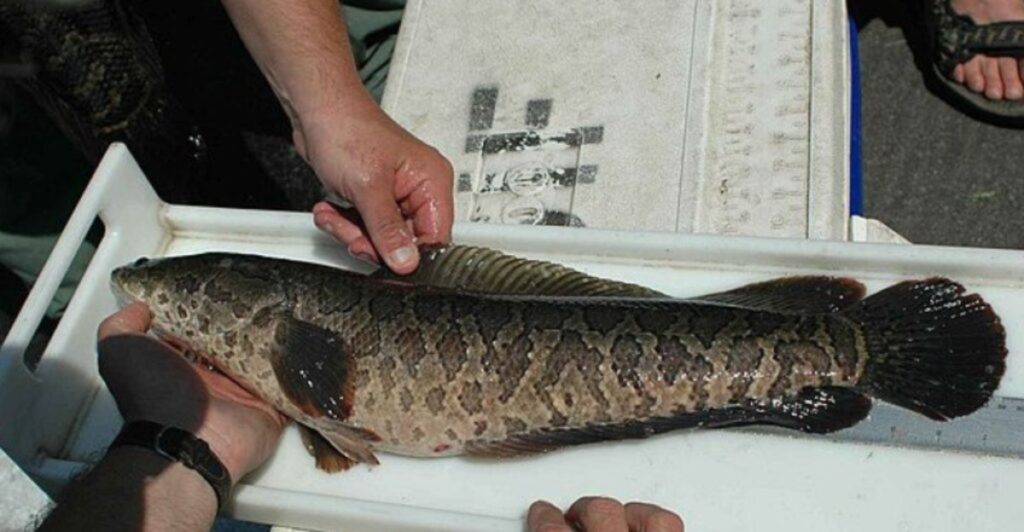
The snakehead is a formidable marine predator and preys on nearly anything that it can catch. This includes local fish populations that have an important ecological role in their ecosystems.
Some rivers have reportedly seen a mass decline in these vital endemic fish species after a population of snakeheads moved in, showing a direct correlation. Even endangered fish species and bugs aren’t safe from these predators, and they will eat indiscriminately.
While some predatory fish can co-exist with important local species, the snakehead has been proven to push out and clash with other fish, making it hard for them to survive.
Economic Consequences

Fishing in the United States of an enormous hobby and is worth billions of dollars. The snakehead is bad for this industry as it kills popular fish for fishing sports. Maryland in particular is popular for its fishing practices. Losing important and popular fish could cost the state millions of dollars annually in lost fishing and tourism.
The snakehead even targets small fish that are usually used as bait that businesses rely on. This showcases the greater damage that the snakehead does to more than just ecosystems.
The USDA estimates that if snakehead populations encroach by just 10% more in the United States, just controlling the damage would cost hundreds of millions of dollars each year.
Making The Problem Worse
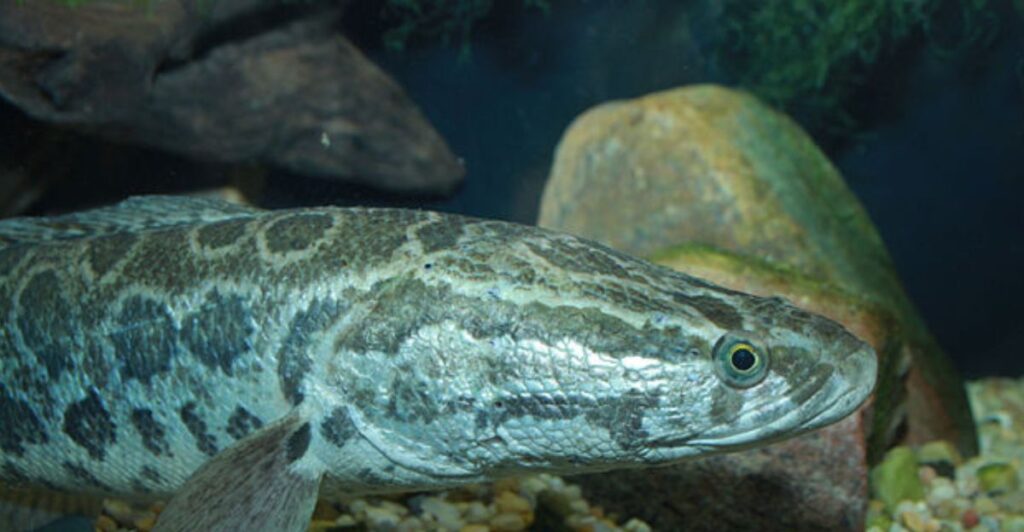
Despite government officials encouraging people to kill the fish if they can catch it, human actions only continue to make the problem worse. The illegal exotic pet trade is a major source of these snakeheads and is responsible for them being introduced into previously isolated regions.
Hundreds of live snakeheads have been seized in just the past few years alone. Social media trends don’t help either, encouraging people to release either for “fun” or for misguided animal rights activism.
Some other communities look at the fish as a delicacy and resist eradication efforts. Education is important in helping communities understand the damage that the species have on their environment. Without cooperation from the public, challenges in the eradication effort will only be exacerbated, and numerous setbacks will be faced.
Methods To Track Their Population

Scientists have found new methods of tracking the snakehead population, which is imperative in finding out how and when they breed to better aid conservation efforts. They use DNA testing to see where they’ve been introduced into native waters and where they spread. This genetic method has proven to help customs officials catch illegal shipments of the species before they make it to the U.S.
However, a lot of the fish captured are not from the same population as Aisa, meaning that some snakeheads come from unknown locations or unmonitored regions. There is a gap in knowledge here that needs to be filled to make it easier to stop future invasions.
An international DNA database and global cooperation could help predict and prevent snakeheads from being introduced in the future, meaning that only the species already introduced could be focused on.
The Resilience Of The Species
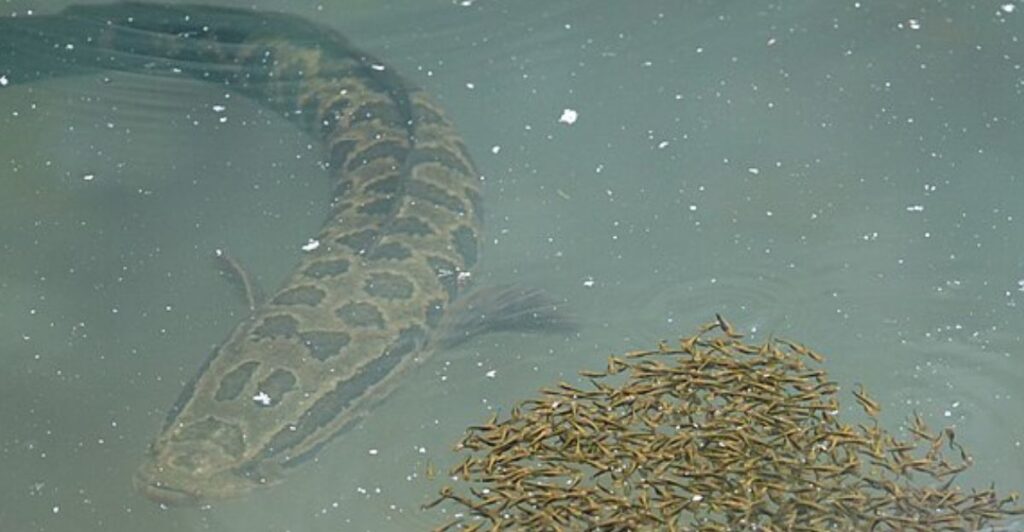
The snakehead is an exceptionally resilient species, meaning that it can survive in conditions that many other fish would end up dying out. Their ability to breathe air means that they can survive in polluted and low-oxygen waters, which means they thrive in urban and degraded waterways where their population is often overlooked.
The fish’s ability to hop over land into otherwise completely isolated rivers and waterways makes their population spread unpredictably. They are even resilient to traditional fishing methods like nets and electrofishing.
New solutions are being researched in order to better control this invasive population by limiting their reproduction potential, but this method poses important ethical questions about what other species may be affected.
Eating The Snakehead Isn’t A Solution
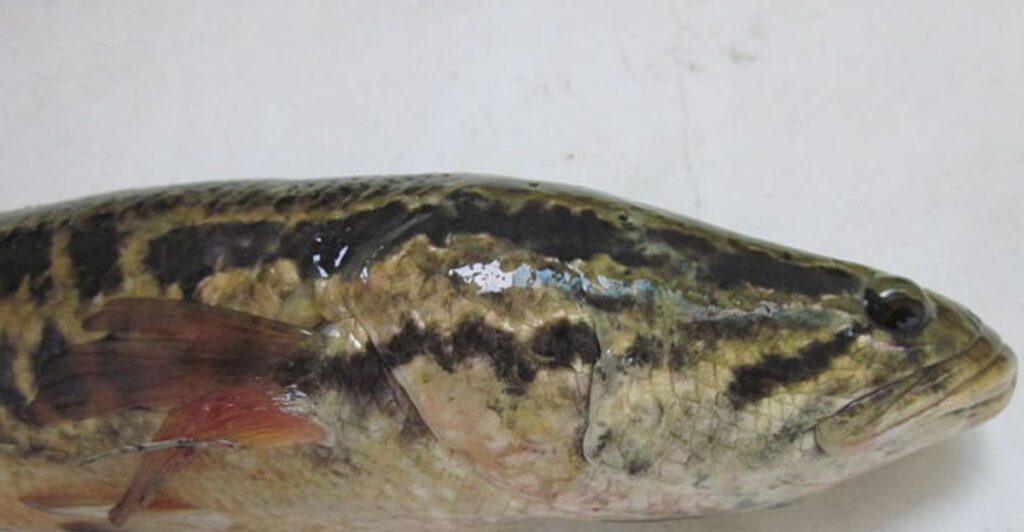
Many states encourage local communities to catch and fish for the species and either kill it on sight or rather eat it instead, providing a source of sustainable and tasty food for local populations. This has proved to aid in population control efforts. However, it has also introduced new complications.
In Virginia, there have been cases of people breeding the snakehead illegally to sell it as a food source. This only makes the invasions worse and shows that promoting the snakehead as a tasty and sustainable food source has backfired entirely.
The “kill on sight” method seems to garner the best results, but education is important in understanding motivating factors. The species must be controlled through careful management rather than a market demand.
Climate Change Factors
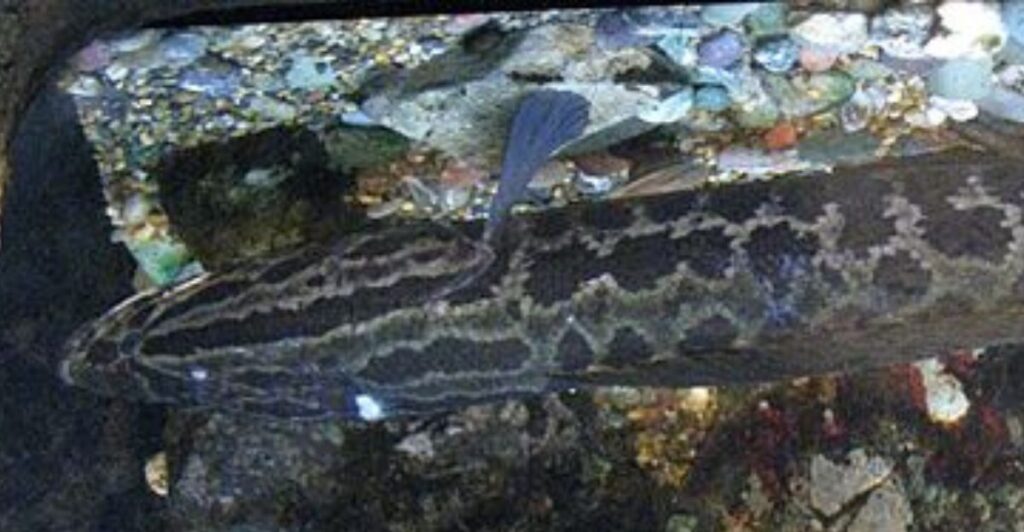
The snakehead invasion is only getting worse with climate change factors, making waterways warmer and reducing winter cold snaps that would kill off many snakeheads in northern states.
Regions that were once too inaccessible to the fish due to the severe cold are warming up, meaning they can now encroach on these places too. Floods and hurricanes also aid in migrating snakeheads into new areas by carrying them across land.
Hurricane Helene was responsible for snakeheads being introduced into Georgia’s Lake Lanier, which now has an invasive population threatening local wildlife.
The Future
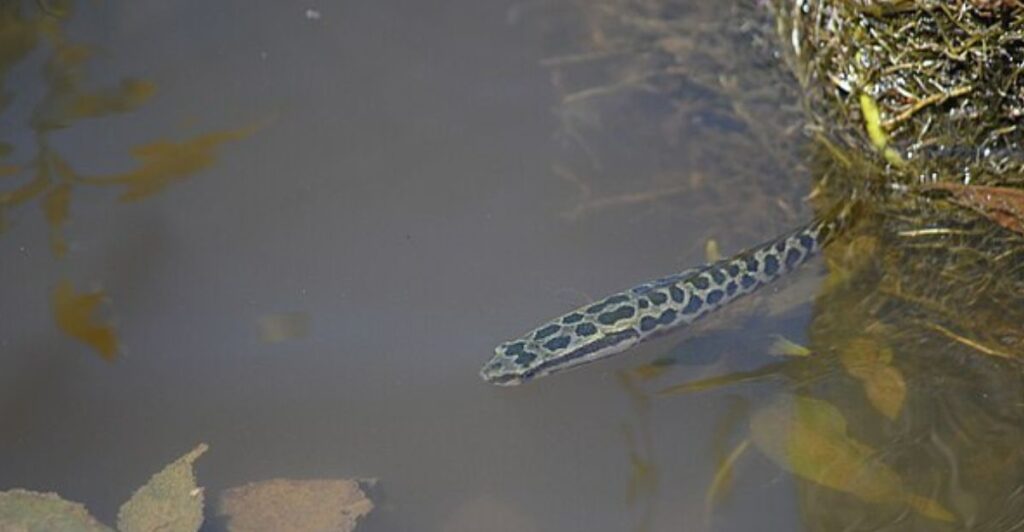
The northern snakehead invading U.S. waters is a clear example of how human actions can negatively impact ecosystems worldwide. Despite widespread eradication efforts, including the public being encouraged to “kill on sight,” it remains a complex and delicate issue with many components at play.
Slowing their spread is possible through community removal efforts and stronger laws regarding their introduction into the U.S. Many ecosystems around the country are at major risk due to these species, and if future efforts prove ineffective, then the snakehead invasion will continue to cause unprecedented ecological and economic damage for decades to come.
Explore more of our trending stories and hit Follow to keep them coming to your feed!

Don’t miss out on more stories like this! Hit the Follow button at the top of this article to stay updated with the latest news. Share your thoughts in the comments—we’d love to hear from you!







